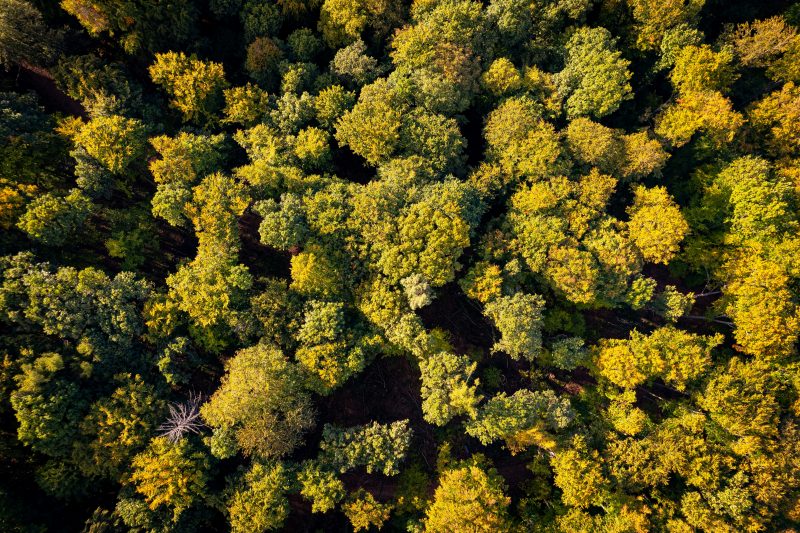Forests as a Key to Climate Protection – Interview with Julia Pongratz

© Bernd Dittrich, Unsplash
In a recent interview with LMU, Prof. Julia Pongratz, CDRterra spokesperson and head of the Chair of Physical Geography and Land Use Systems, highlights the crucial role of forests and land use in Germany’s climate protection.
While forests worldwide absorb about a quarter to a third of human CO₂ emissions annually, drought damage in Germany since 2018 has caused forests to shift from CO₂ sinks to CO₂ sources. As a result, Germany can no longer fully rely on forests as climate protectors. “Many people assumed that forests would remain a reliable carbon sink, but events have proved otherwise,” Pongratz explains. This development also impacts the german climate targets for 2045: the land-use sector now shows a significant gap, requiring more ambitious measures to reduce emissions across all sectors.
The scientist emphasizes that, in addition to emission reductions, CO₂ removal is necessary to achieve climate neutrality by 2045. In addition to technical solutions, the creation and maintenance of natural CO₂ sinks play a crucial role. In Germany, peatlands, like forests, are central to this effort